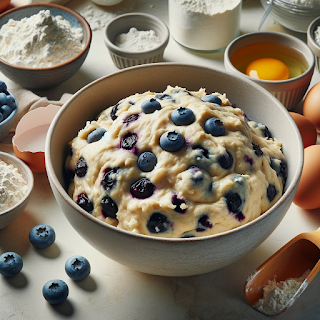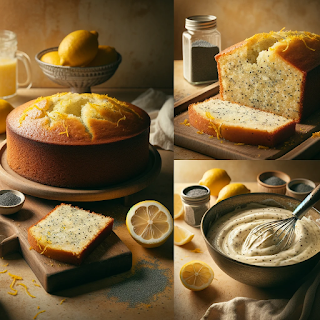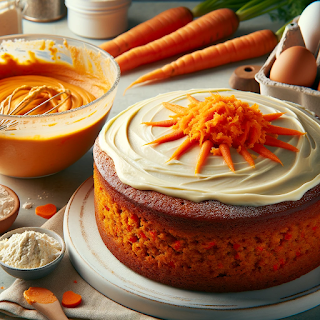Origin Story: Blueberry Muffins
Blueberry muffins are a classic breakfast staple, celebrated for their moist texture, sweet flavor, and burst of juicy blueberries in every bite. This beloved treat has a rich history that reflects the evolution of baking in America and the incorporation of native ingredients.
Historical Roots
Blueberries are native to North America, and indigenous peoples have been consuming them for thousands of years, both fresh and dried, for their nutritional benefits. European settlers quickly adopted blueberries into their diets, incorporating them into various dishes.
The muffin, as we know it today, originated in England but took on a new form in America. American muffins, also known as quick breads, became popular in the 19th century. Unlike their English counterparts, which are yeast-based and cooked on a griddle, American muffins are made with baking powder or soda and baked in an oven. This style of baking led to the creation of the blueberry muffin, a natural combination given the abundance of wild blueberries in New England.
Cultural Significance
Blueberry muffins hold a special place in American culture, particularly in New England where wild blueberries are plentiful. They are a common feature at breakfast tables, coffee shops, and bakeries across the country. Their popularity extends beyond the United States, as they are enjoyed worldwide for their delicious taste and simple preparation.
The use of blueberries, known for their antioxidants and health benefits, also contributes to the appeal of blueberry muffins as a relatively healthy treat. They are often associated with home baking, evoking a sense of nostalgia and comfort.
Personal Connection
My connection to blueberry muffins began with a summer trip to Maine, where wild blueberries grow in abundance. Picking fresh blueberries and baking them into muffins became a cherished activity. The fresh, sweet-tart flavor of wild blueberries made those muffins unforgettable and inspired me to create my own version at home.
Experimenting with different recipes, I found that using buttermilk added a slight tanginess that complemented the sweetness of the blueberries. Incorporating a streusel topping provided a delightful crunch, adding an extra layer of texture and flavor.
Recipe Evolution
Creating the perfect blueberry muffins involves a few key steps. Fresh or frozen blueberries can be used, but fresh is preferred when they are in season. Coating the blueberries in a bit of flour before folding them into the batter helps prevent them from sinking to the bottom.
The batter should be mixed gently to avoid overworking the flour, which can result in tough muffins. A combination of all-purpose flour and baking powder ensures a light and airy texture. Adding lemon zest or a touch of vanilla extract can enhance the flavor.
For a special touch, a streusel topping made from butter, sugar, and flour can be sprinkled on top before baking, creating a sweet, crunchy layer that contrasts beautifully with the soft muffins.
Sharing the Tradition
Today, blueberry muffins are a favorite in my household, especially during the summer when fresh blueberries are in season. They are the muffins I bake when I want to offer a taste of summer and a bit of comfort to friends and family. Each bite is a celebration of the simple pleasures of home baking and the deliciousness of fresh, seasonal ingredients.
Ingredients:
Instructions:

- Preheat your oven to 375°F (190°C). Line a muffin tin with paper liners or grease the cups.
- In a mixing bowl, whisk together the all-purpose flour, baking powder, baking soda, and salt. If using, add the lemon zest for a citrusy twist.
- In another bowl, beat the melted unsalted butter and granulated sugar until well combined.
- Add the eggs one at a time, beating well after each addition. Stir in the pure vanilla extract.
- Gradually add the dry mixture to the wet mixture, alternating with the milk. Begin and end with the dry mixture. Mix until just combined.
- Gently fold in the fresh blueberries, being careful not to overmix.
- Spoon the muffin batter into the prepared muffin cups, filling each about two-thirds full.
- Bake in the preheated oven for 18-20 minutes or until the muffins are golden and a toothpick inserted into the center comes out clean.
- Allow the muffins to cool in the tin for a few minutes, then transfer them to a wire rack to cool completely.
Pro Tips
- Room Temperature Ingredients: Ensure your eggs, milk, and butter are at room temperature for smoother blending.
- Gentle Blueberry Folding: When adding blueberries, fold them into the batter gently to avoid smashing them and to distribute them evenly.





